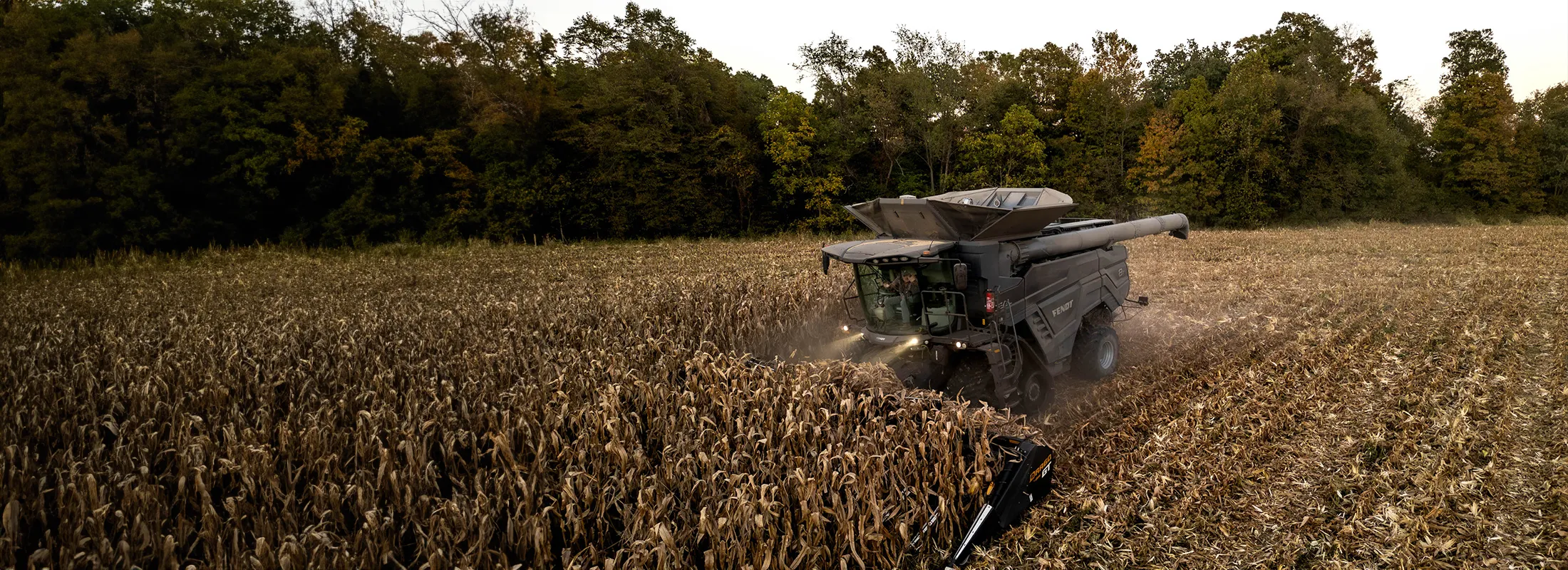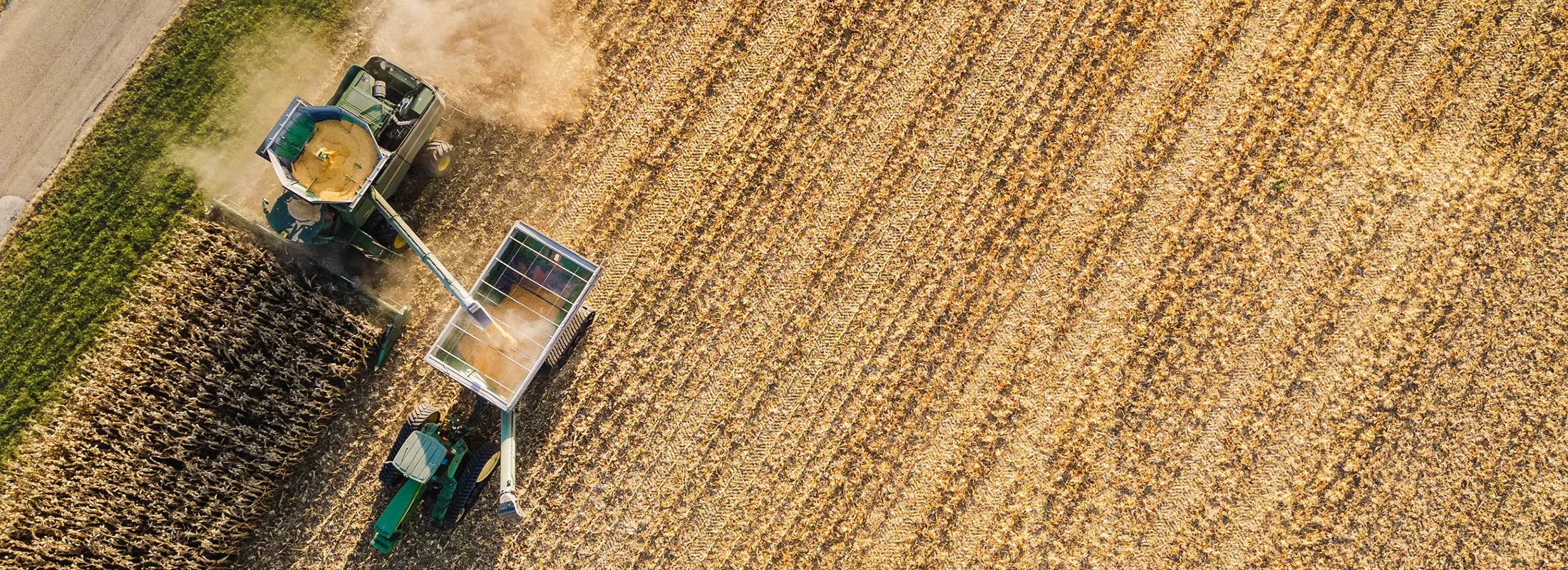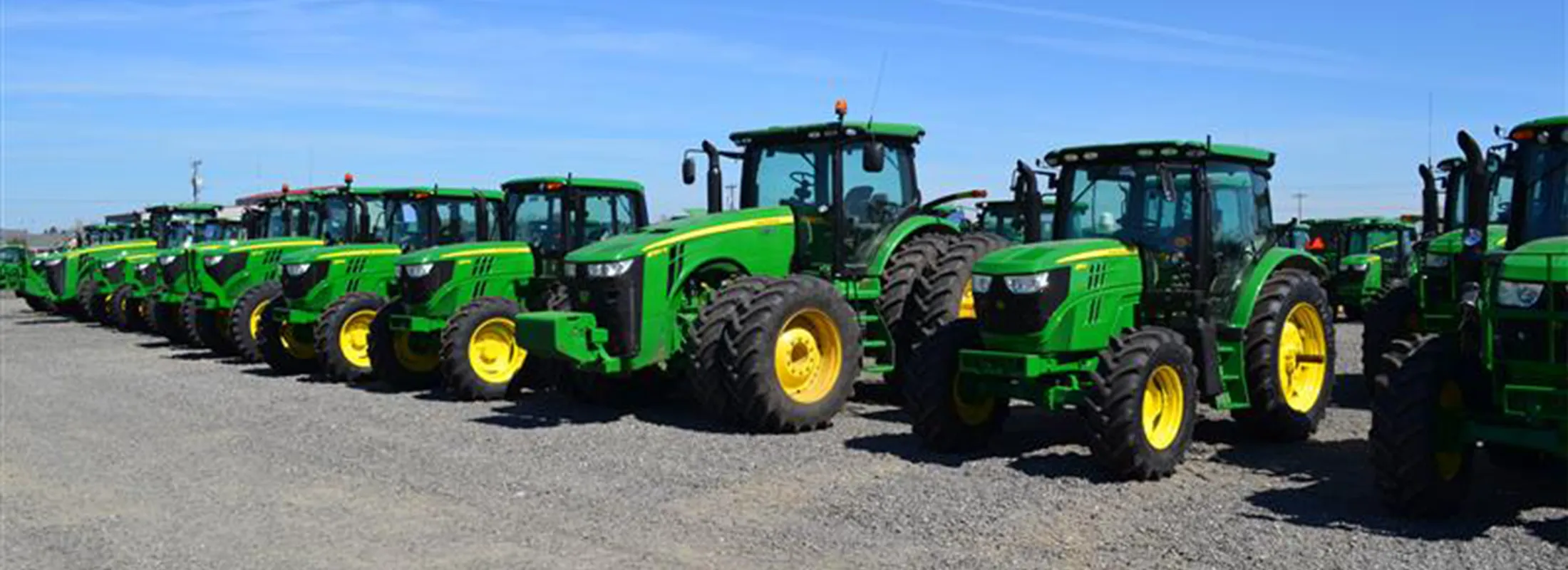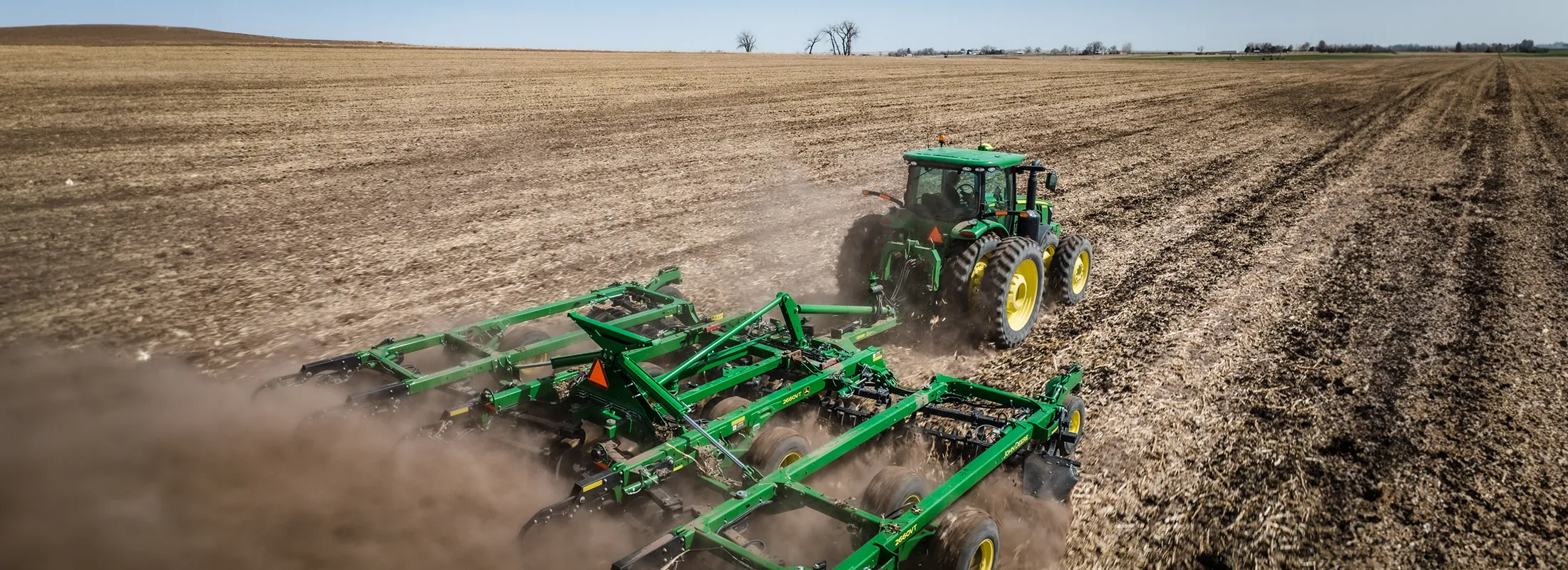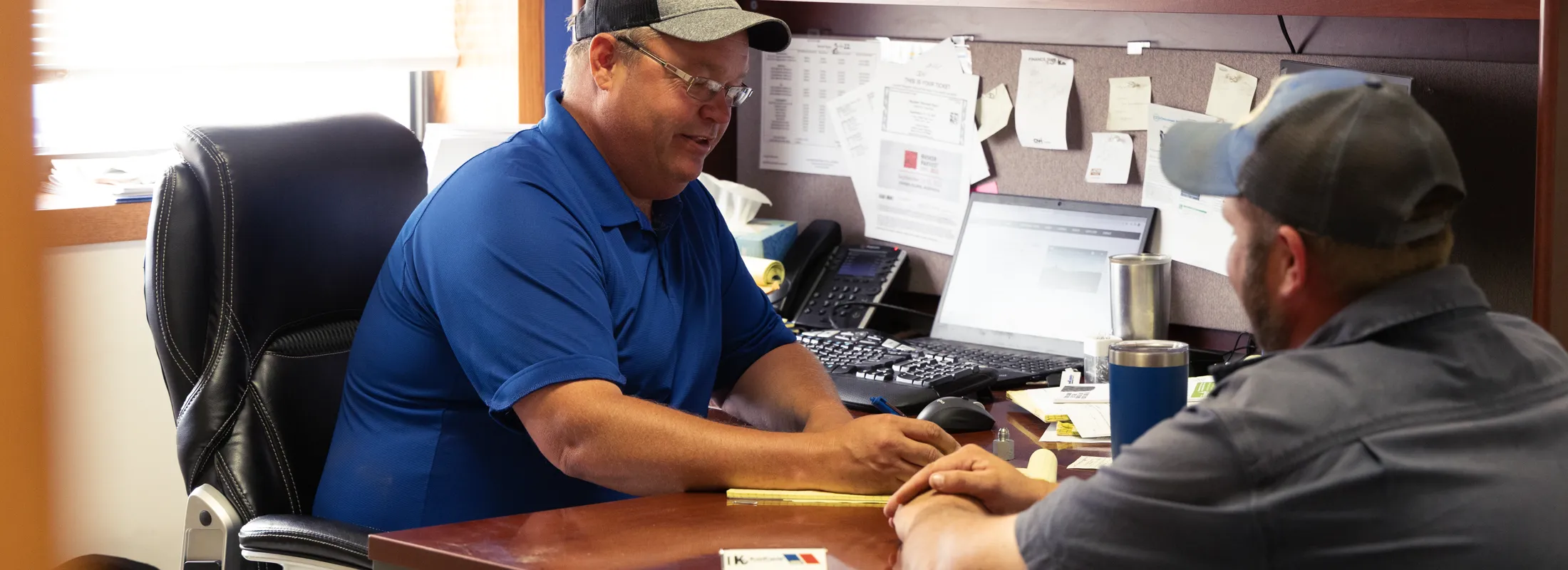Debt is an important financial tool many producers utilize to expand their operations or improve profitability. The challenge is finding the sweet spot on how much debt to use, especially when it comes to big ticket items like machinery.
While debt can help make possible investments that couldn’t be made otherwise, the biggest trade-off with debt, often referred to as leverage, is it increases rates of return when times are good and decreases it when times are bad.
With net farm income coming off its peak in 2023 compared to 2022 levels, many similarities can be drawn to the profitability positions producers were in following the last peak in 2013 and their resilience as operators in a downturn.
However, moving into the margin squeeze, there are two key market dynamics that look different in the current cycle than they did a decade ago: inflation and higher interest rates.
Impact of inflation and rising rates
There’s no doubt inflation has impacted the cost of production in a number of areas as well as family living expenses. One of the big-ticket items being watched closely includes farm machinery and the extreme inflation both the new and used equipment market has withstood.
The following chart illustrates the farm machinery and equipment manufacturing price index spanning from 2010 to 2023. Between 2010 to 2013 the index increased modestly, by about 20 points.
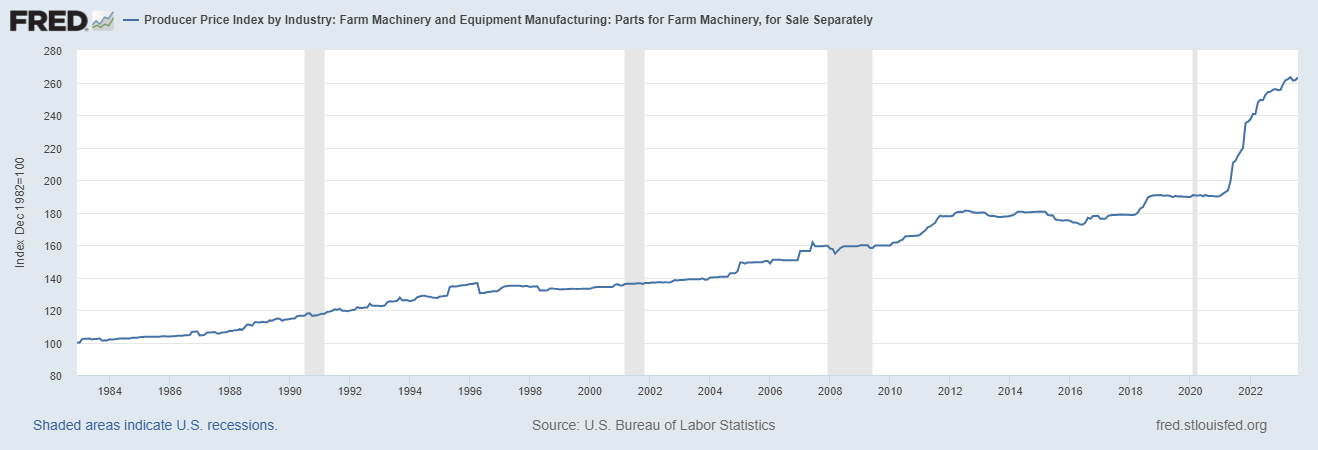
In contrast, the index has spiked significantly higher over the course of the past two years, leading equipment prices to skyrocket. At the same time, another major factor impacting decisions around equipment debt and utilization of cash includes the higher interest rate environment.
Assuming inflation and rates remain elevated in the coming months, the cost of equipment trades or purchases will require additional margin from producers’ cash flow without the guarantee of increases in available margin to pay for the machinery.
For buyers who typically carry debt on equipment, that may mean putting more cash into some of their trades or purchases to avoid increases in equipment payments per acre each year. It may be wise to allocate built up working capital towards machinery investments in the near term.
On the other hand, for those that have been paying cash for equipment, now may be a good time to retain some liquidity to take advantage of other expansion opportunities or use it towards other cash flow shortages.
Finding the sweet spot
How much machinery debt is too much? No single metric can tell you how much debt is right for your operation, but here are three key considerations to help you find the sweet spot on equipment debt use.
Earnings – A good place to start is to think about the earnings of your operation so you can determine how much debt you can stably support. As a rule of thumb, keep machinery expenses below 25% of your annual gross revenue. At 25% to 30%, you may want to approach equipment investments with caution and over 30%, you are devoting a huge portion of your gross income to this category. Keep in mind variable costs, such as inputs, typically account for half of gross revenue.
Fixed obligations – Next, factor in your fixed obligations such as other debt service or family living expenses. The more fixed obligations you have, the more difficult it becomes to take on additional debt. Calculating your debt coverage ratio will indicate your operation’s ability to generate enough cash to cover debt service.
Debt Coverage Ratio = Debt Repayment Capacity / Debt Obligations
Debt Repayment Capacity = (Net Farm Income + Interest + Depreciation + Off-Farm Income) – (Family Living Expenses)
Note: As a benchmark, aim for a debt coverage ratio above 1.5 or 2. If your ratio is closer to 1, that can be an indication of financial stress.
Balance sheet –Your balance sheet is a good measure of your working capital. Another way you can evaluate the financial strength of your operation is to calculate your current ratio.
In general, your current assets should be about 1.5 times greater than your current liabilities.
Current Ratio = Current Assets / Current Liabilities
In the current environment, remember your working capital is your first line of defense. Higher interest rates will limit your refinancing options, so keep a close eye on machinery as a line item on your balance sheet.
